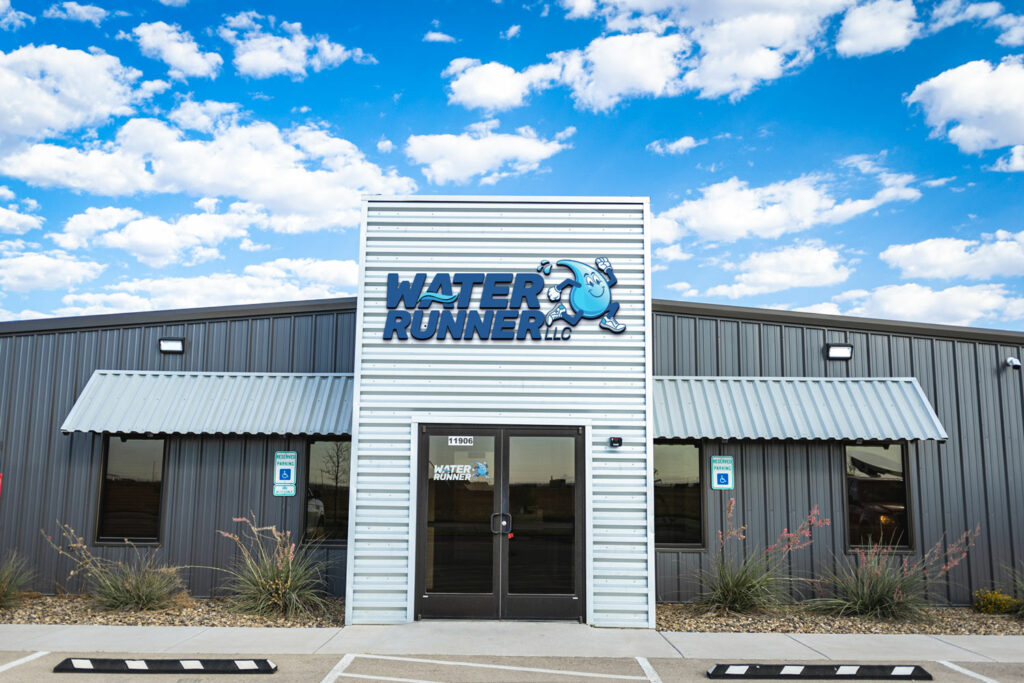
Reverse Osmosis water and deionized water are both methods of water purification, but they achieve this goal through different processes and have distinct characteristics. Here are the key differences between Reverse Osmosis (RO) water and deionized (DI) water:
Purification Process:
Reverse Osmosis (RO) Water: RO is a filtration process that removes a wide range of impurities from water. It forces water through a semipermeable membrane, which effectively blocks contaminants like minerals, large molecules, and some bacteria. The result is purified water with reduced levels of dissolved solids.
Deionized (DI) Water: Deionization is a chemical process that removes ions (charged particles) from water. It typically involves passing water through two ion exchange resins: a cation exchange resin and an anion exchange resin. These resins exchange positive and negative ions in the water for hydrogen (H+) and hydroxide (OH-) ions, resulting in water that is essentially free from ions.
Impurities Removed:
RO Water: RO systems primarily remove contaminants such as minerals (calcium, magnesium), heavy metals, chlorine, and some organic compounds. It may not remove all types of ions and small molecules, which is why it’s not the ideal choice for achieving complete demineralization.
DI Water: DI water goes a step further by removing nearly all ions from the water. It’s often referred to as demineralized or deionized water because it has extremely low electrical conductivity and is free from ions like calcium, sodium, chloride, and sulfate.
Use Cases:
RO Water: RO water is commonly used for drinking, cooking, and as a pre-treatment step for industrial processes to reduce the load on other purification systems. It’s ideal for producing high-quality drinking water and improving the taste of beverages and food.
DI Water: DI water is used in applications where extremely pure water is required, such as in gas processing facilities, pharmaceutical manufacturing, semiconductor fabrication, and the electronics industry. It’s essential for processes where even trace amounts of ions can negatively impact results or products.
Cost and Efficiency:
RO Water: RO systems are generally more cost-effective and energy-efficient than DI systems. They remove most impurities and provide suitable water quality for many applications.
DI Water: Producing DI water is more resource-intensive and costly due to the need for ion exchange resins and more complex equipment. It’s typically reserved for applications that demand the highest water purity.
Environmental Impact:
RO Water: RO systems may produce some wastewater during the purification process, which could raise concerns about water waste in areas with water scarcity. However, RO is still considered more environmentally friendly than some alternatives.
DI Water: The production of DI water can be more water and chemical-intensive, potentially leading to higher environmental impact, especially if not managed and disposed of responsibly.
In summary, RO water and DI water serve different purposes. RO is a versatile method that provides high-quality drinking water and is suitable for many applications, while DI water is reserved for situations where the highest level of purity and ion removal is required, often in specialized industries and laboratories. The choice between the two depends on the specific needs of the application.
Interested in setting up RO or DI water delivery? Contact us for a quote.